
At Sundance, aspiring auteurs will swarm the ceaselessly inventive director Michel Gondry as he premieres his latest film, Be Kind Rewind, a comedy in which two video-store clerks (Jack Black and Mos Def) are forced to replace their store’s ruined stock with homemade versions of movies starring themselves. “I’m always surprised how eager young directors are to meet with me,” the New York–based director admits. “They need to talk to a producer instead.” Badgered, Gondry, 44, has begrudgingly devised the following foolproof advice: “(1) Finish a project. (2) Start a project.” He explains, “It seems to be out of order, but the first is more important. My dad [who ran a music store] didn’t finish a lot of projects—and I don’t like dissing my dad, but because of that, it was very important to me.” Below, Gondry’s blow-by-blow account of his career path.

1. The Hippie Childhood
Gondry’s grandfather invented a synthesizer, his mother played piano, and his father sold instruments. “As far as I can remember, I was always drawing and I had very good technique. But we were more oriented toward music at home, so I was never really aware of the development of art intellectually. I went about it more as a craft.”
2. Art School
At 17, Gondry left his hometown, Versailles, for art school in Paris, but not for long. “I was kicked out, to be honest.”
3. Day Jobs
In The Science of Sleep, Gondry recalled two years spent working as a calendar printer. Another job—designing ad graphics, in 1988—was worse. “After half an hour, I quit. It was just 10 a.m., so I went back to bed. I remember this feeling of freedom in my bed, after I decided that I would never take orders again.”
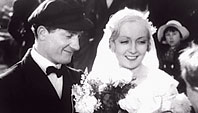
4. Finding Film
When Gondry was in his twenties, his Paris flatmate was Jean-Louis Bompoint, his sometime director of photography. “He had cameras and lights, and a tremendous VHS collection of thirties and forties films,” says Gondry, who has said Jean Vigo’s L’Atalante is his favorite film.

5. Early Music Videos
In the early nineties, Gondry began filming animated music videos for his band Oui Oui (Gondry played drums). “In my early music videos, I was very inspired by Steve Barron and especially Tim Pope. His videos for the Cure were a huge inspiration for me: unpretentious and creative, and they defined a unique world.”
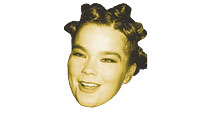
6, Breakthrough
In 1993, Island Records exec Olivier Caillart sent Gondry’s videos to Björk, whose solo debut video, “Human Behavior,” was Gondry’s first hit. “Everybody was dismissing [my videos], but Björk couldn’t stop laughing. There’s nothing more delightful than to make a girl laugh.”
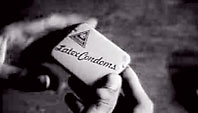
7. Video Stardom
Gondry’s relationship with Björk led to more high-profile videos for bands like the White Stripes, Beck, and the Rolling Stones. Thanks to signing with Partizan Productions, Gondry also got rich on commercials, including Levi’s “Drugstore” ad, which has won more awards than any TV ad in history.
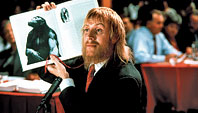
8. Flopping in Hollywood
In the late nineties, Gondry moved to L.A. but couldn’t get a Green Hornet film off the ground. In 1999, friend Spike Jonze showed him Charlie Kaufman’s Adaptation script. “By that point I assumed all screenplays were boring. It changed my mind.” Jonze introduced Gondry to Kaufman; the two went on to make Human Nature (2002), which bombed.
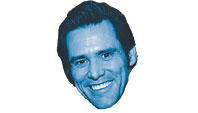
9. Mainstream Success
But Eternal Sunshine of the Spotless Mind didn’t; it grossed $72 million, and Gondry won a Best Screenplay Oscar with Kaufman. “The films Charlie Kaufman and Jim Carrey had in mind had nothing in common. I was in between, and somehow we managed to make a coherent film.”
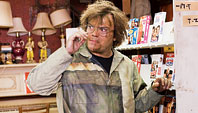
10. The Present
Gondry wrote and directed both The Science of Sleep and Be Kind Rewind. “I needed to prove to myself that I had it in me creatively to do it on my own.” Now he’s working on Megalomania, for which he is in talks with Daniel Clowes for a script based on animations by Gondry’s 16-year-old son, Paul. “He draws Hitlers, Hasidics, Nazis, and a lot of pornography,” Gondry brags. “He’s fantastic.”